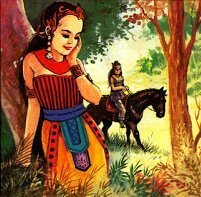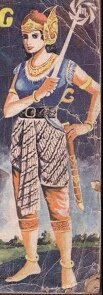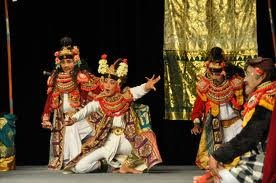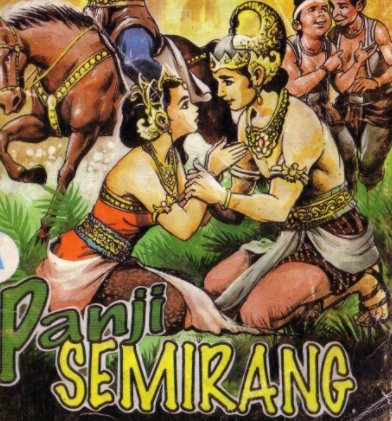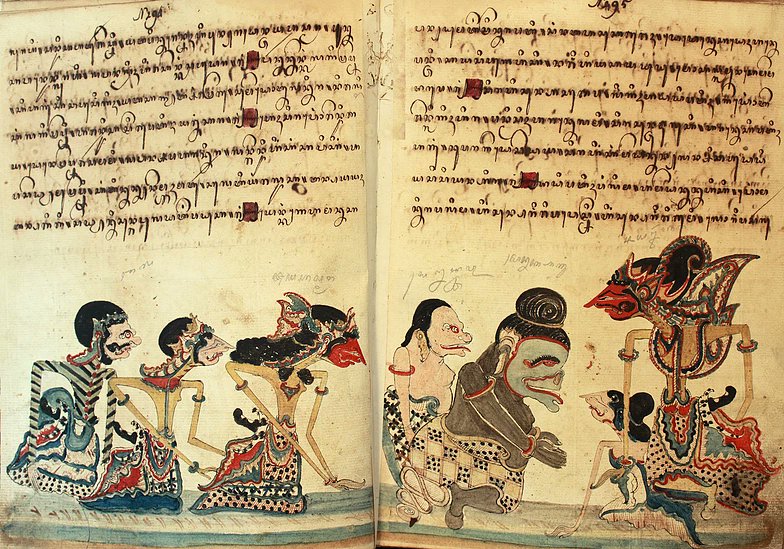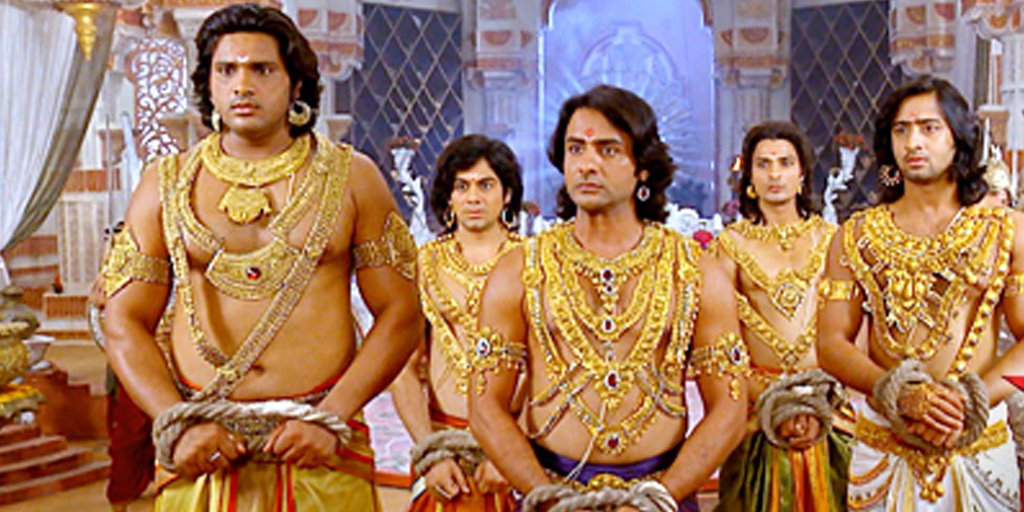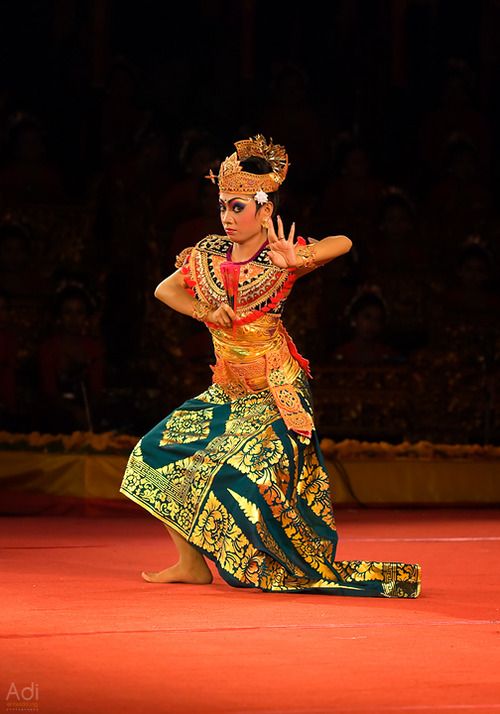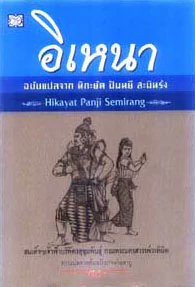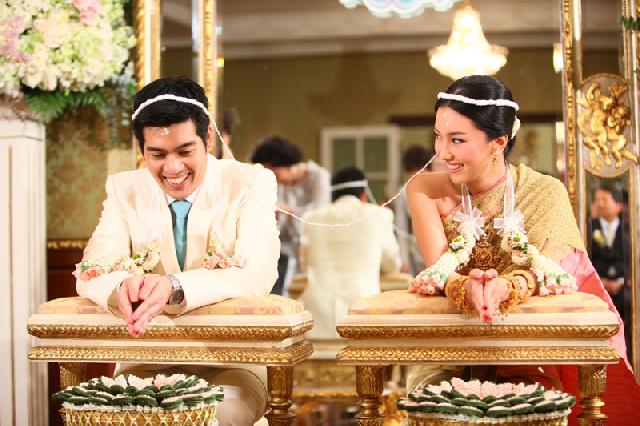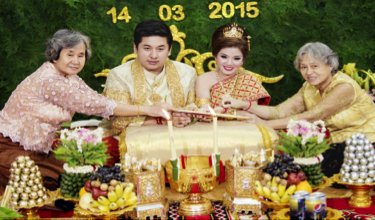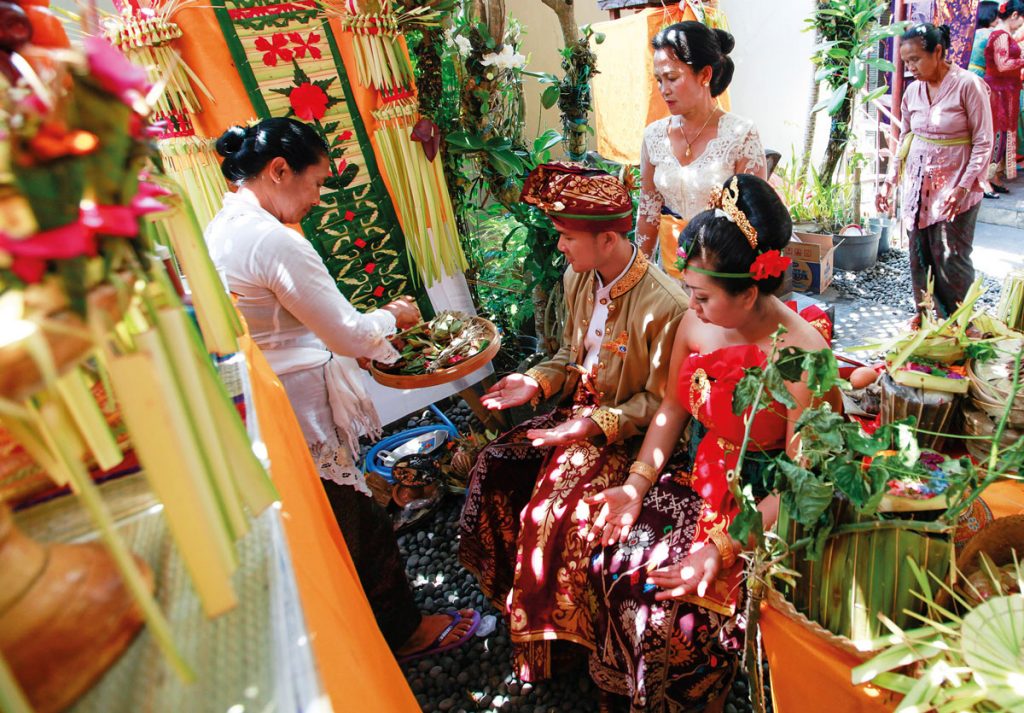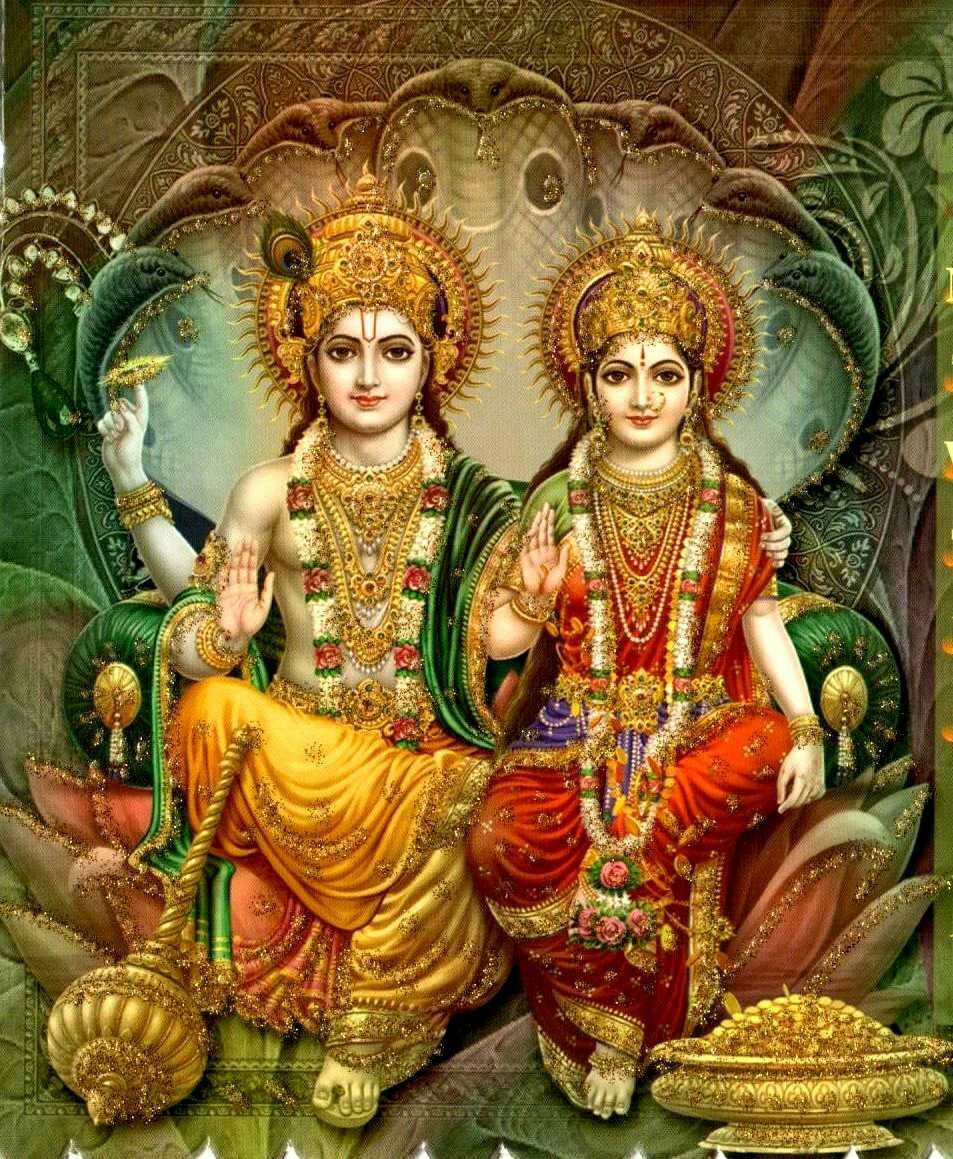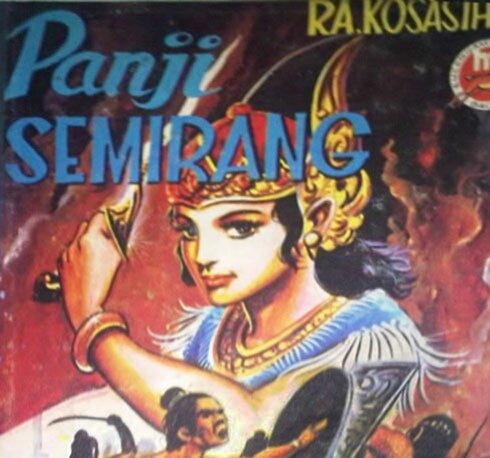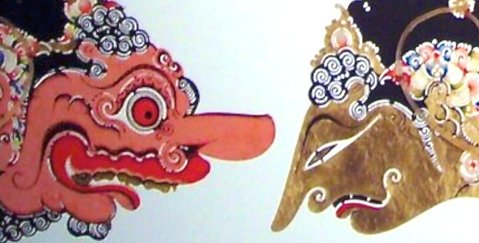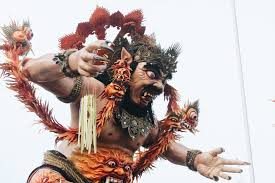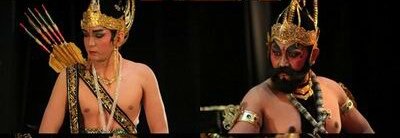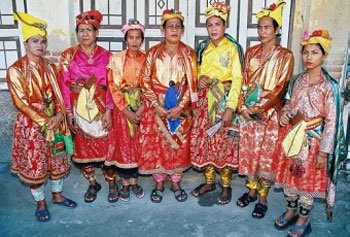As requested, a thread on the cross-dressing warrior princess Panji Semirang. For those who are already familiar with the story, I& #39;ll include some extra info at the end so reading this won& #39;t be a waste of your time https://twitter.com/Z0MBIECAAT/status/1090500599194386434">https://twitter.com/Z0MBIECAA...
The story begins with the princess Dewi Candra Kirana (or Cendera Kirana), daughter to the king of Daha. The king of Kuripan asked that she marry his son Raden Inu Kertapati, and so they were betrothed
This made her half-sister Galuh Ajeng jealous. Ajeng& #39;s mother Paduka Liku conspired against Candra Kirana. Paduka Liku poisoned the queen, and used a potion to make the king obsess over her so that she was never even punished
Hearing of the queen& #39;s death, the king of Kuripan sent two dolls for the two princesses. One was a gold doll wrapped in rags, the other a silver doll wrapped in silk. Ajeng chooses the latter, and then of course gets jealous that her sister has the more beautiful doll
After the two argue over it, the king (still under the effect of the potion) punishes Candra Kirana by having her hair forcibly cut short. Humiliated and having been treated unfairly, Candra Kirana leaves the kingdom with a handful of loyal followers
She disguises herself by dressing as a man and takes on a new identity as the prince Panji Semirang Asmarantaka (or Panji Semerang). She establishes a city and populates it by capturing passersby
At one point she captures the beautiful virgins of nearby Kuripan to increase the population. Later she steals a treasure sent by Kuripan to Daha. Ultimately she comes into conflict with the prince of Kuripan, her fiance Raden Inu
During her duel with Raden Inu, neither is able to shoot the other. Raden Inu is too distracted by Panji Semirang& #39;s eyelashes, while Panji Semirang is too enamoured with the prince& #39;s smile. Keep in mind Raden Inu thinks his opponent is a man
Raden Inu is made to marry Galuh Ajeng since his betrothed Candra Kirana is missing. He soon grows tired of Ajeng& #39;s demands, so he decides to search for Candra Kirana. He disguises himself and takes on the new identity Raden Panji Jayeng Kesuma
Along the way he conquers other lands and marries their princesses, but he can& #39;t forget his good "friend" Panji Semirang, who he STILL thinks is a man. Candra Kirana by now has taken on a new disguise as a gambuh performer, a type of Javanese dance-drama
Noticing that this gambuh performer looks just like Panji Semirang, the prince sneaks up on her and discovers that this entertainer is none other than Candra Kirana, who kept the gold doll this whole time
Finally the happy ending. The two now reassume their true identities and marry, becoming rulers of Kuripan. The king of Daha is no longer under the effects of the potion, Paduka Liku dies, and Galuh Ajeng marries a hideous man
If this sounds different from a version you heard, it& #39;s because there have been many retellings. Hikayat Panji Semirang is one of the most popular of a Javanese cycle of legends known as the Panji stories
Panji is an old Javanese princely term. The stories were written in medieval Majapahit, but they& #39;re thought to have an earlier origin, possibly based on a local myth of the sun and moon. Chandra means moon in Sanskrit after all
The text actually begins with the creation of the universe and the gods descending to earth, thus serving as the Javanese creation myth and providing a divine origin to the Javanese royal families
There is some debate on which historical figures the Panji legends are based on. Their descent from the Pandava clan of the Mahabharata ties the legend to Indian mythology as well
Though originating in Java, the Panji cycle is hugely important to Southeast Asia as a whole. From Indonesia it spread through peninsular Malaysia, Thailand, Laos, Cambodia and Myanmar. They& #39;re the basis of plays and wayang kulit performances
But the influence of the Panji legends goes beyond the study of literature or performing arts. These stories embody the Southeast Asian ideal. Wedding and court culture throughout Southeast Asia is based on them
The union of the couple (in this case Raden Inu and Candra Kirana) is also symbolic of the gods Vishnu and Laksmi, known in Malay as Bisnu and Dewi Seri. And speaking of the sacred union, you might have noticed something
Candra Kirana is already described as a beautiful woman. But disguised as a man, she attracts both genders. In fact, the text tells us numerous times that even the men on the opposing side of a battle are awestruck by the "prince", and the two princesses didn& #39;t want to leave her
When @Khairykj was jealous of Kpop singers he said local girls should go back to "tall, dark and handsome" men. But he was using an English phrase reflecting a western standard of male attractiveness https://twitter.com/khairykj/status/554157789489004545?lang=en">https://twitter.com/khairykj/...
In Southeast Asian culture, the epitome of male beauty was androgynous. You can see this in performing arts like wayang kulit which differentiate between the halus hero and kasar villain. Our heroes have always been lithe prettyboys like Kpop guys
In contrast it& #39;s the villains who are muscular, hairy, large, all the stereotypically male attributes. So why did Southeast Asians consider androgynous men more attractive?
A man with more feminine features was seen as being able to reconcile both the male and female side of him. He is in perfect balance, never leaning too far to one side. The "energies" as modern New Agers might say. The villains on the other hand represent excess to one side
If you& #39;re familiar with Hinduism this will bring to mind Ardhanarishvara, a composite of the male Shiva and female Parvati. This symbolism of harmony between opposites is very similar to the Chinese yin and yang
But this concept in Southeast Asia wasn& #39;t an exclusively Hindu one. Malay dukun in the old days were commonly transgender for the same reason. Til this day the hermaphroditic bissu of Sulawesi act as spirit mediums
There have been many adaptations of Hikayat Panji Semirang, in theatre, literature, and comic form. If you& #39;re interested, here& #39;s a movie version. The English title is Outlaw of Semerang, not Seremban
https://m.youtube.com/watch?v=Kspj7-Oqn5E">https://m.youtube.com/watch...
https://m.youtube.com/watch?v=Kspj7-Oqn5E">https://m.youtube.com/watch...
Sources:
Panji Semirang (Balai Pustaka version)
Liaw Yock Fang
Claire Holt
Farish Noor
Panji Semirang (Balai Pustaka version)
Liaw Yock Fang
Claire Holt
Farish Noor

 Read on Twitter
Read on Twitter